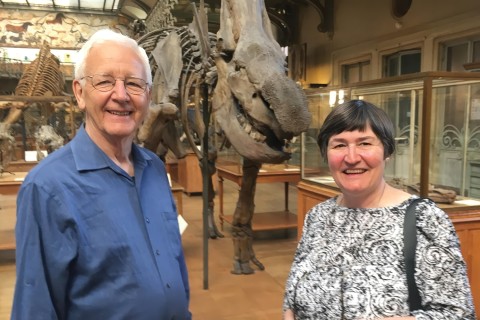When the mainline told us what to read
It has become cliché to note that we live in a world of information overload. Being cliché, of course, does not make it any less true. We professors are well aware of our inability to keep up with the fantastic production of new knowledge in our own specialties, yet the torrent of words overwhelms not only scholars but all readers. Who can possibly read all the books, magazines, journals, newspapers, blogs, tweets and posts worth reading? And what is worth reading, anyway?
This deluge is often ascribed to the digital revolution, and indeed the internet and pervasive connectivity have greatly expanded our reading options. Nevertheless, the historically minded will recognize in our current situation merely the ongoing ripples of earlier information revolutions. The age of print that began with Gutenberg accelerated greatly in the early 19th century with the application of steam power to printing presses, creating the first truly mass media in Western societies. As cheap print flooded American cities, the problem of choice—the problem we face so acutely today— became an everyday reality for ordinary readers.
Protestant Christians, with their characteristic devotion to the word, have felt these cultural pressures with particular force. Gutenberg’s invention spurred the Reformation with new vernacular Bibles and commentaries, and in many ways the authority of these news Bibles and commentaries compensated for the lost authority of Rome. But the massive industrial output of American religious publishing that began in the 1810s and 1820s radically altered the terms on which common Protestant readers encountered religious thought. The universe of available and affordable—even free—reading options vastly expanded. Ever since, lay readers and religious leaders alike have wrestled with the destabilizing power of ubiquitous print. Upstart religions and idiosyncratic preachers, prophets and mystics could now reach mass publics, too.



